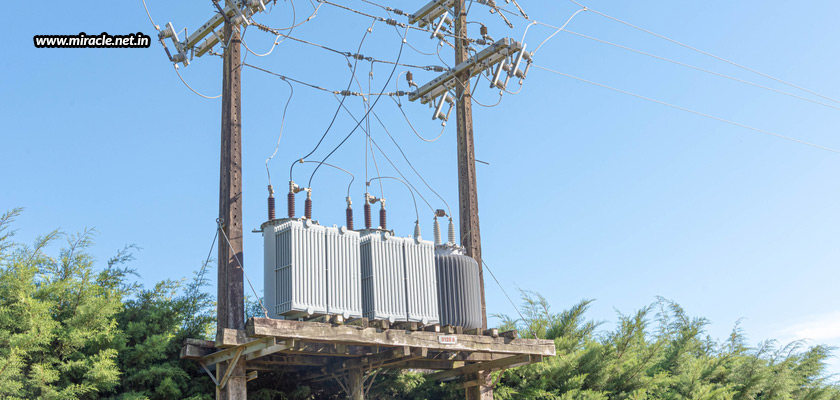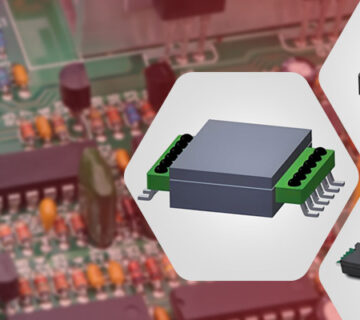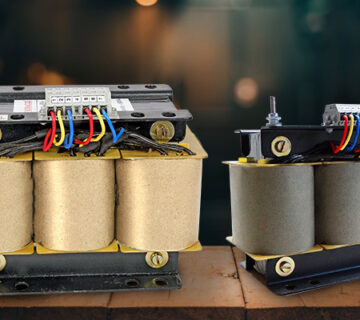Each fundamental part of a transformer – the core, windings, and cooling systems, for example – is essential to the overall operation of the device and, consequently, to the application’s success. Comprehending the complexities of these transformers is essential to guaranteeing security, effectiveness, and optimal performance. It is important to possess a thorough understanding of installation methods, prioritize safety measures, and be proficient in maintenance techniques in order to avert electrical shocks and risks, and prolong the lifespan of transformers. We’ll get into all of these important details in the blog post that follows, providing advice for anyone working with transformers in a variety of settings so that safe, effective, and environmentally responsible practices are promoted.
Transformer installation best practices
Transformer installation is a painstaking procedure that requires careful consideration of efficiency, safety, and local laws. As norms and standards might differ, it’s imperative that you first get familiar with the particular laws controlling transformer installations in your area. The next stage is to conduct a comprehensive site evaluation, taking into account variables including load centre proximity, environmental conditions, and accessibility. After the optimal site has been identified, it is crucial to choose a transformer that fits the electrical needs. Creating a strong grounding system reduces the possibility of electrical failures and is an essential safety precaution. When it comes to winding connections, make sure you adhere to the manufacturer’s recommendations and use the recommended combinations. In the event that the transformer requires a cooling system, the installation should adhere to the manufacturer’s recommendations. It is crucial to make secure and accurate electrical connections while adhering to approved torque standards. Perform comprehensive testing and commissioning, including turns ratio and insulation resistance tests, prior to placing the transformer into service. Make sure that the installation procedure is well documented and that all local laws and safety requirements are followed. A good and compliant transformer installation may be accomplished by carefully following these procedures, which will help to create a reliable and effective electrical infrastructure.
Safety protocols and precautions
When it comes to installing and maintaining transformers, safety always comes first. The first step in reducing these risks is having a complete awareness of potential threats, such as electrical shocks and environmental concerns like oil spills. All workers engaged in these operations should wear personal protective equipment (PPE), such as flame-resistant clothes, safety eyewear, and insulating gloves. Adequate safety instruction is essential, encompassing emergency response protocols, danger recognition, and the appropriate handling of safety apparatus. Procedures like lockout-tagout are essential for separating transformers during maintenance and averting unintentional energization. Shock danger can be decreased by establishing a strong grounding system and connecting all metallic components. These actions assist disperse electrical charges. Furthermore, to limit possible oil spills and stop environmental pollution, environmental protection measures such as secondary containment systems are crucial. Frequent inspections guarantee the preservation of safety precautions and the early detection of possible problems, which helps to provide a safe working environment for individuals who install and repair transformers.
Maintenance and inspection protocols
Transformer lifetime and continuous performance depend on the establishment of a regular maintenance programme. The first line of defence is usually yearly routine inspections, which involve a careful visual assessment for any indications of physical deterioration, leaks, or corrosion. Fluid analysis, which examines factors like moisture content, dissolved gas levels, and acidity in the insulating oil to assess the internal health of the transformer, becomes essential every two to three years. Electrical testing, which includes insulation resistance, turns ratio, and winding resistance, is included in the process to assess the transformer’s electrical integrity and detect any deviations from the norm. In order to maintain smooth functioning, tap changer maintenance involves cleaning, lubricating, and inspecting the bushings for tracking, cracking, or oil leaks. In order to avoid overheating problems, the cooling system is also routinely inspected, with special attention paid to oil levels, clean cooling fins, and the operation of fans or radiators. By taking such a methodical approach to periodic maintenance, transformers are kept in optimal condition, and any possible issues are quickly detected and fixed, which reduces downtime and maximizes dependability in a variety of applications.
This comprehensive guide serves as an essential resource for professionals engaged in the safe and efficient handling of transformers. Comprehending the fundamentals establishes the groundwork for skilled manipulation, and following safety procedures guarantees a safe working atmosphere. Efficiency and dependability are further increased by embracing cutting-edge technologies, like those provided by Miracle Electronics, the leading name in top transformer manufacturing in India. The guidance emphasizes obtaining optimal transformer performance in the dynamic environment of power infrastructure, and Miracle Electronics is a popular option for high-quality transformers due to their dedication to excellence and adherence to international standards.




